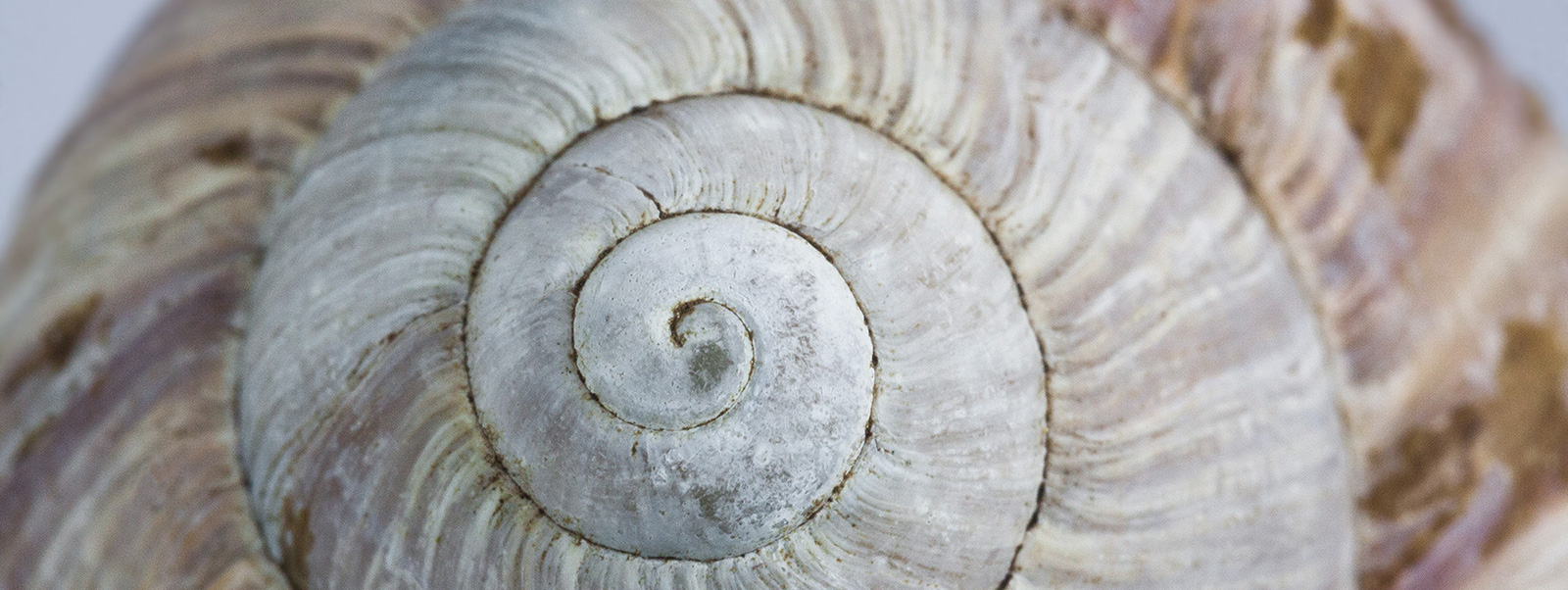Rainbow Connection
 Our relationships shape shift in a seamless, boundary-less space where we spend more time stroking our screens than caressing the skin of our lover. And yet, in our arrogance or ignorance, we seek our “soul mate”. We believe that quite by chance, we will meet The One who will see us, really “get us”, love and cherish us for as long as we both shall live. Kermit the frog knew of that heart-desire when he sang, “someday we’ll find it, the rainbow connection, the lovers, the dreamers, and me…” And so we dream, we yearn for that chance meeting of souls, that fateful glance across the room, the Providence that will deliver to our door, the Rainbow Connection.
Our relationships shape shift in a seamless, boundary-less space where we spend more time stroking our screens than caressing the skin of our lover. And yet, in our arrogance or ignorance, we seek our “soul mate”. We believe that quite by chance, we will meet The One who will see us, really “get us”, love and cherish us for as long as we both shall live. Kermit the frog knew of that heart-desire when he sang, “someday we’ll find it, the rainbow connection, the lovers, the dreamers, and me…” And so we dream, we yearn for that chance meeting of souls, that fateful glance across the room, the Providence that will deliver to our door, the Rainbow Connection.
Is Fate is dependent on the will of man, on our Sliding Door choices as some inner or outer power directs us to the appointed place at the appointed time? Dr Gerhard Adler, a disciple of C.G. Jung, asked, “is there some destiny within us that preforms the pattern of our life, or is it the actual experiences which shape it? Are the experiences we encounter predestined, or do we feel them so intensely, remember them so well because of an inner need? ”
Fate, Destiny, is described in myth and fairy tale. This interconnectedness of the microcosm with the macrocosm, our unconscious soul longing that merges seamlessly with outer events. Fate was honoured by our ancestors. Today Fate, in the Western world view implies a terrifying loss of control, and a “what’s it all about then?” kind of impotence. Even death is no longer Fated in our prosaic lives, and we believe our Fate can really be staved off with chemicals and transplants. And yet when it comes to Love, we trust that Something else is at work. Fate, Destiny, Synchronicity…

Love’s Fated initiation is sensitively portrayed by actors Ethan Hawke and Julie Delpy in Before Sunrise, one in a series of films made in 1995 and superbly directed by Richard Linklater. In this thought-provoking depiction of Fated Love, a young couple meet by “meaningful co-incidence” on a train and spend the day together in Vienna. As she tumbles into Love, Celine asks poignantly, “I always feel this pressure of being a strong and independent icon of womanhood, and without making it look my whole life is revolving around some guy. But loving someone, and being loved means so much to me. We always make fun of it and stuff. But isn’t everything we do in life a way to be loved a little more?”
So after the sunrise of a fated encounter, a brief opportunity to make a choice, embark on a journey, say yes to Love, then what? We recognise ourselves, we find our belonging. We disrobe, invite our Beloved into the fragile innocence of our inner sanctum, offer them the food and wine of our spirit, invite them to gaze upon our soul. We may discover with the clarity of hindsight that our inner receptivity to external events, our willingness to wait at the crossroads to meet our Fate has been precisely the catalyst that has allowed us to move along a particular path and experience certain encounters. And in hindsight, we can choose how we perceive these experiences.
 Fairy tale marriages are doomed to crumble outside the realm of fairy tales. Divorce rates rise, families torn asunder. We speak and say we “can’t communicate”, that it’s impossible to live happily ever after. No one can break open our heart like our lover, no one can mirror back to us our beauty and our ugliness, our vulnerability and our strength. There is no easy Jamie Oliver recipe for permanent bliss. In real life, lasting love requires a heaped spoonful of human effort, a liberal sprinkling of daily intention, mixed well.
Fairy tale marriages are doomed to crumble outside the realm of fairy tales. Divorce rates rise, families torn asunder. We speak and say we “can’t communicate”, that it’s impossible to live happily ever after. No one can break open our heart like our lover, no one can mirror back to us our beauty and our ugliness, our vulnerability and our strength. There is no easy Jamie Oliver recipe for permanent bliss. In real life, lasting love requires a heaped spoonful of human effort, a liberal sprinkling of daily intention, mixed well.
Intimacy often conflicts with our hard wired self-protective defences. Love’s oceanic depths require patience to plumb, strength and muscled endurance to explore. For many of us, lasting Love is a realm we have never explored before. Here the currents are strong and the rocks are jagged and dangerous. Many of us are terrified when we find that our partner has different desires and passions, that he or she is not a mirror image of our self.
Authors of Tell Me No Lies and In Quest of the Mythical Mate, Drs Ellyn Bader and Peter Pearson, say we want to re-create the feelings of falling in love without any heavy lifting. 
We begin with the rainbow promise of what Love may be and then turn away from that deeper brighter coloured many splendored Thing. We atrophy; or we drift directionless on the current of our lives, drowning, not waving, as we move further and further away from the one we love. We believe that relationships, like good sex, happen naturally. That relational skills don’t require muscle and focus and consistent practice. If we choose to keep on swimming strongly towards our beloved, even though the current is strong and there will be times that we scrape ourselves on the rocks, we will discover an inner strength that astounds us.
Love ebbs and flows. It’s like the Zen riddle: If you never change directions, how can you tell there is a current? As we turn towards our partner, we hone our swimming muscles perhaps by being willing to choose to live in tension and deadlock long enough to accept and embrace our differences. We learn to dive deeply by dismantling our defences, and at last we see our Lover as he truly is by allowing ourselves to be seen.
To Love, in all its constantly fluctuating permutations requires softness, so the energy can flow, and a strength which comes from a congruent place within. As Celine says in Before Sunrise, “I believe if there’s any kind of God it wouldn’t be in any of us, not you or me but just this little space in between. If there’s any kind of magic in this world it must be in the attempt of understanding someone sharing something. I know, it’s almost impossible to succeed but who cares really? The answer must be in the attempt. ”
Rainbow Connection Sung by Kermit
































 Most of us are risk averse. Our caution may be an evolutionary adaptation that has developed over thousands of years and is hardwired into the ancient cells of our brains. And yet our relationships ripple with words with white wings that carry our hearts on the sweet-scented breeze of hope. In trust there is the gloriousness of feeling in harmony with others as our hopes and wishes align. When promises are broken, our trust tumbles into the lacerating wretchedness of betrayal and disappointment. Our business partner inveigles our money. Our lover leaves us for our best friend. A family member behaves abominably.
Most of us are risk averse. Our caution may be an evolutionary adaptation that has developed over thousands of years and is hardwired into the ancient cells of our brains. And yet our relationships ripple with words with white wings that carry our hearts on the sweet-scented breeze of hope. In trust there is the gloriousness of feeling in harmony with others as our hopes and wishes align. When promises are broken, our trust tumbles into the lacerating wretchedness of betrayal and disappointment. Our business partner inveigles our money. Our lover leaves us for our best friend. A family member behaves abominably.











